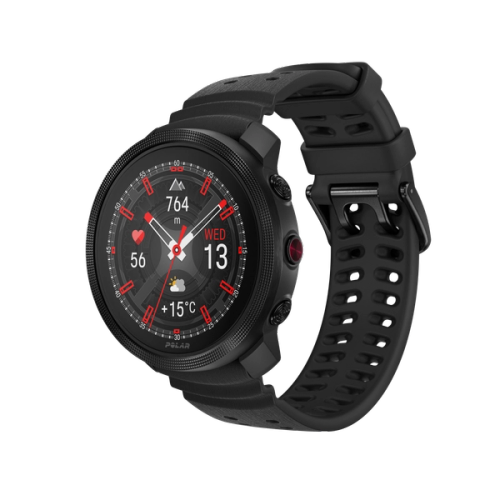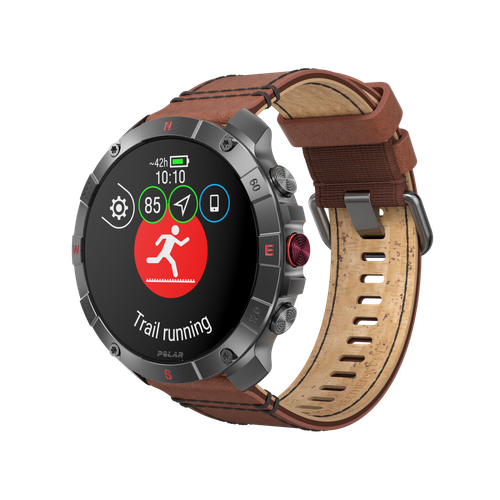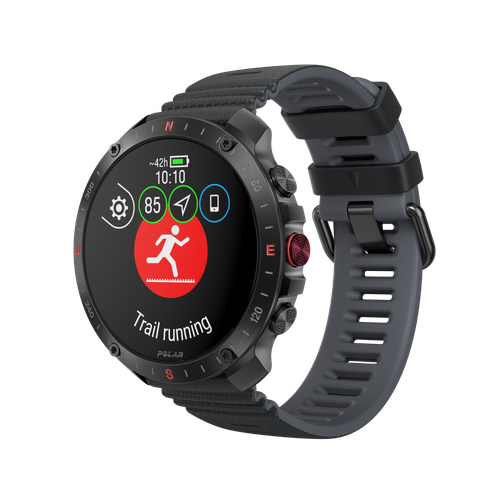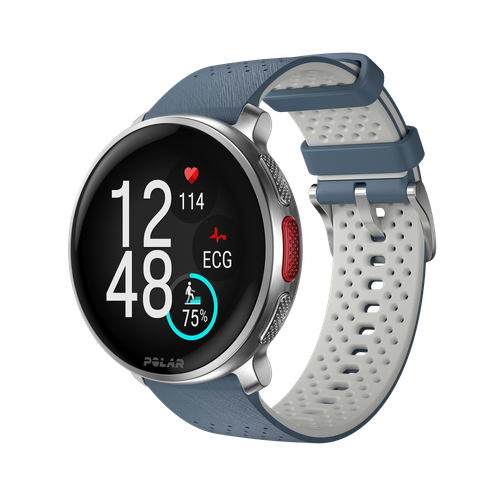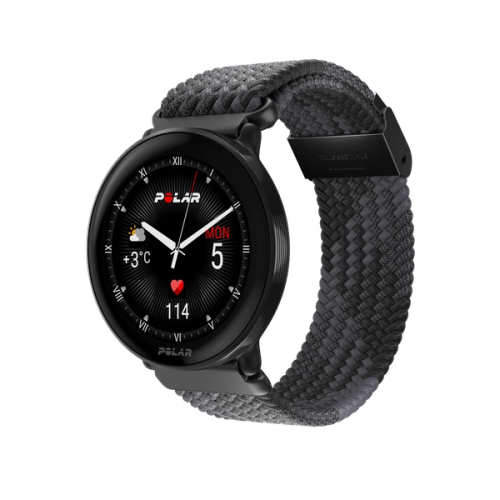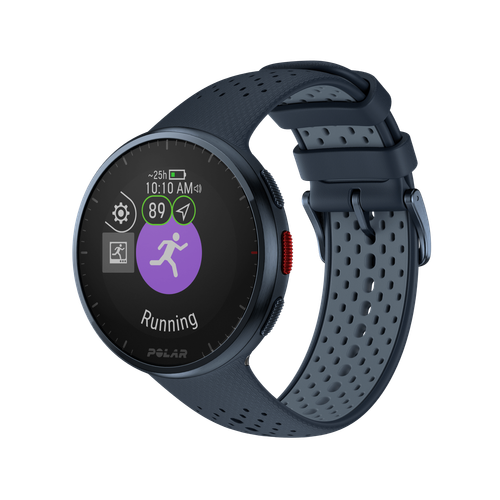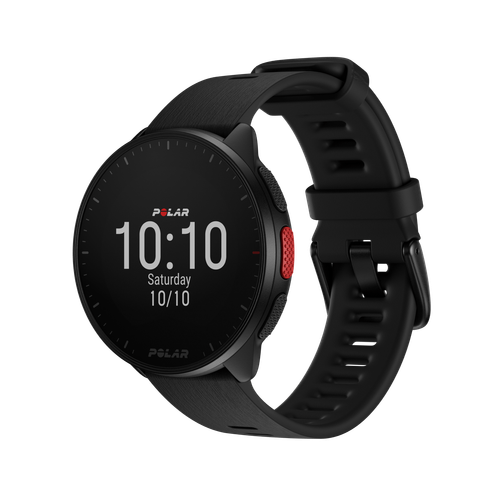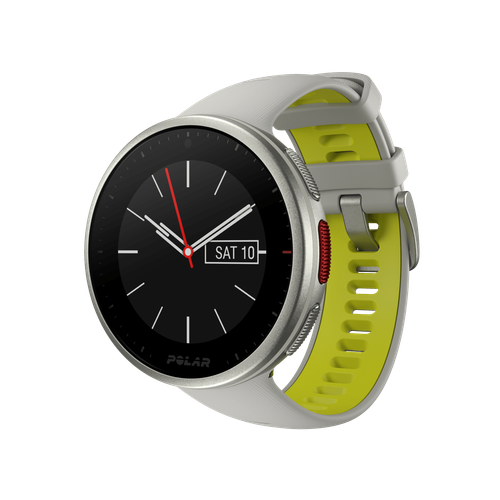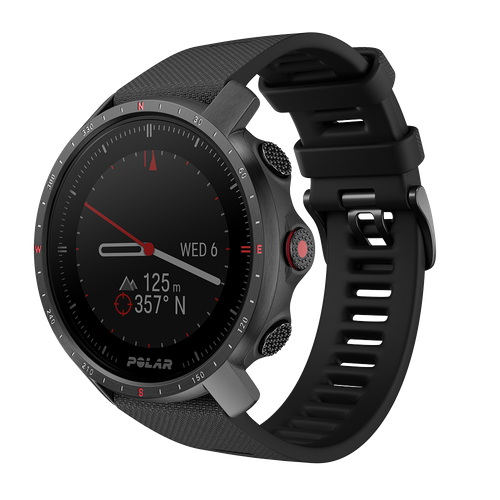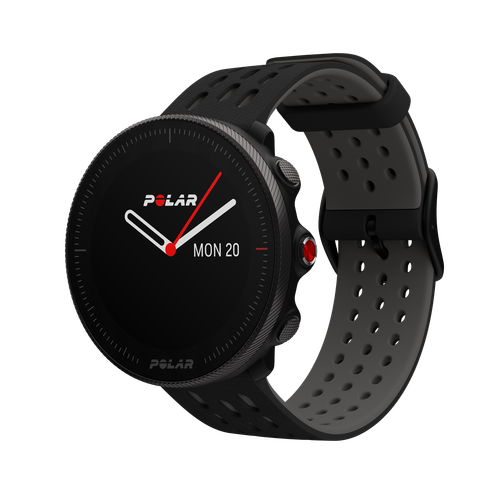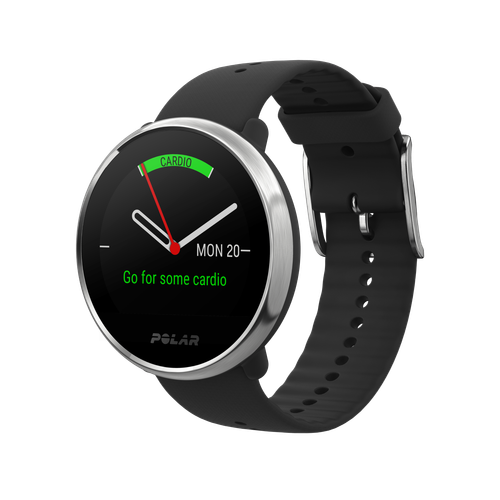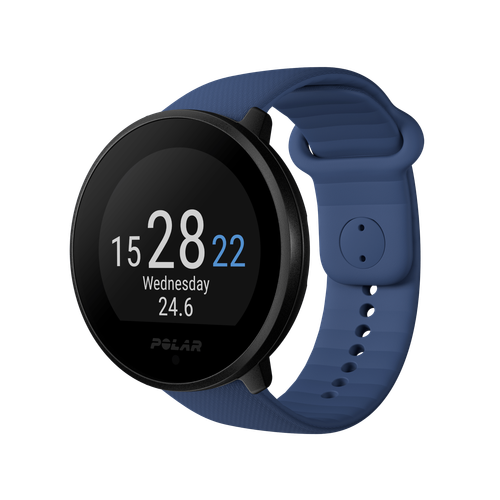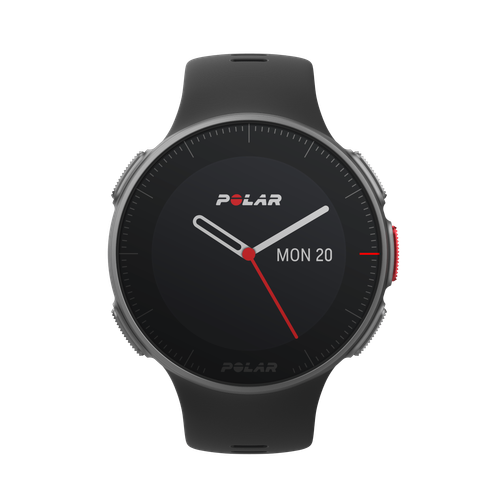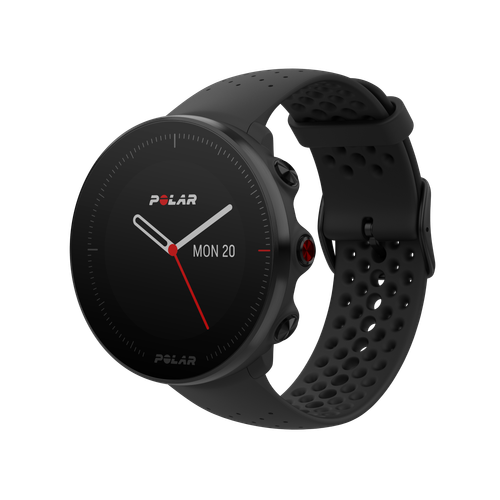On the day Eliud Kipchoge smashed his own marathon world record in Berlin in 2022, less than 5% of all participants completed the distance in less than three hours. For runners like me, running a sub-3 hour marathon is the sport’s Valhalla.
For non-elite athletes, completing a marathon in under 3 hours signifies an extraordinary milestone that resides at the apex of many runners’ marathon aspirations—it’s a life achievement. While it may seem like an arbitrary number—not unlike the marathon distance itself—, it stands as a symbol of immense dedication, perseverance, and the relentless pursuit of personal excellence. A rare achievement, a distant target, but an attainable one. That’s precisely what makes the sub-3 an attractive pursuit for those who crave pushing the boundaries of their capabilities.
Each runner might have their own reasons to break three hours. For me, breaking three serves as my true north—a long-term goal that keeps me motivated and committed to training while exploring the full potential of my body.
Why do I want to run a sub 3-hour marathon?
Objectively speaking, there isn’t a compelling reason to pursue a sub-3 hour marathon. Yet, that doesn’t negate the desire to achieve it. If you think twice about, the difference between running a marathon in 2:59:55 or 3:00:10 is negligible— less than a second per mile. In the last Berlin marathon, arguably the fastest marathon race in the world, three runners finished with a time of 2:59:59. Merely two seconds later, at position 2397, another participant recorded a time of 03:00:01. Although just a two-second difference, for passionate runners, it can carry immense significance.
The allure of the sub-3 hour marathon lies in the fact that it requires a blend of physical prowess, mental fortitude, and meticulous preparation. For most runners, it demands a level of commitment that goes beyond casual running, transforming it into a personal journey of self-discovery and growth. The pursuit of this goal represents an opportunity to test one’s limits, to transcend perceived boundaries, and to achieve something truly remarkable.
Each runner might have their own reasons to break three hours. For me, breaking three serves as my true north—a long-term goal that keeps me motivated and committed to training while exploring the full potential of my body. For this reason alone, the idea of running a sub 3-hour marathon makes sense. Will I eventually run a sub 3 marathon or will I fall short by a few seconds? In the end, it doesn’t matter that much.
What truly matters is the pursuit of the goal. The attraction of the sub-3 marathon lies in its ability to transform everyday runners into extraordinary achievers, pushing themselves to exceed their perceived limitations and realize their full potential.
My personal running journey isn’t unlike the story of millions of other amateur runners. In my mid-thirties, I was eating too much, going out too much, drinking too much. Closing in on 40, running became an escape from a sedentary lifestyle and a re-energizing gateway to self-discovery, discipline, and personal growth.
Once I fell in love with the sport, I set progressively more challenging goals for myself each year. After participating in a few 10k races and completing several half marathons, I decided to join a running club. The camaraderie and motivation from running with others encouraged me to lace up my running shoes more frequently and tackle longer distances. It was no surprise that before long, I found myself eagerly signing up for my first marathon.
Fast forward to present day. With seven marathons under my belt, a Boston qualifier, and a 3:03 marathon PR, I feel I have earned the right to attempt breaking three hours. As terrifying as it sounds, that’s my next goal.
undefined

Polar Vantage V3
Premium Multisport Watch
An ensemble of biosensing instruments, AMOLED display, dual-frequency GPS, maps, and the most comprehensive suite of training and recovery tools on the market. The stage is set, and the Polar Vantage V3 smart sports watch is ready to put in the performance of a lifetime.
Key Considerations Before Pursuing a Sub-3 Hour Marathon
Achieving a sub-3-hour marathon is a formidable endeavor, requiring a meticulous and carefully constructed training plan. However, if you are determined to shatter this barrier, there are several crucial factors that warrant your consideration before you even put your running shoes on:
1) Age doesn’t matter. If you’re like me, in your 40s, you might be tempted to think it’s too late to run a sub-3 marathon. Being 40 is barely enough for age to be a factor. Plenty of runners in their forties, fifties, and even sixties run a marathon under three hours. At 71, Jo Schoonbroodt ran a marathon in 2:54:19, smashing the 70+ world record. And he only started running at 36 after the doctor told him he had high cholesterol.
2) Master shorter distances first…. As a rule of thumb, to be able to run a sub-3 marathon, you must run a 10k in less than 39 minutes and a half marathon around 1:26:00 or less. Those times should be your starting point.
3) …And keep training shorter distances. Marathon runners frequently develop an intense focus on the grueling 26.2-mile distance, dedicating all their training efforts solely to marathon preparation. This approach often leads to plateauing. Instead, you should frequently take time off marathon-specific training. By diversifying your training regimen throughout the year and targeting races such as 10Ks and half marathons, you can develop speed, improve endurance, and unlock new levels of performance that will ultimately benefit your marathon running as well.
4) Find time to build some serious weekly mileage. According to an analysis by Strava, sub-3 runners averaged 42 miles a week in the 12 weeks before the London Marathon, peaking at 51 miles on average.Regardless of your training plan, be ready to run lots of easy miles.
Enjoying this article? Subscribe to Polar Journal and get notified when a new Polar Journal issue is out.
Subscribe
Running Sub-3: It’s going to be hard work
Running a sub-3-hour marathon is a challenging goal that requires a high level of dedication, training, and proper preparation. Achieving this goal demands a structured training plan and a focus on specific running metrics to track your progress and optimize performance.
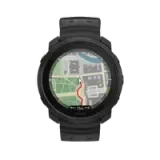 Polar Vantage M3
New
Polar Vantage M3
New
 Polar Grit X2 Pro Titan
New
Polar Grit X2 Pro Titan
New
 Polar Grit X2 Pro
New
Polar Grit X2 Pro
New
 Polar Vantage V3
Polar Vantage V3
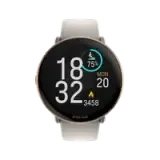 Polar Ignite 3
Polar Ignite 3
 Polar Ignite 3 Braided Yarn
New
Polar Ignite 3 Braided Yarn
New
 Polar Pacer Pro
Polar Pacer Pro
 Polar Pacer
Polar Pacer
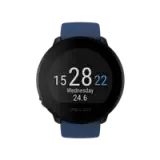 Polar Unite
Grit X Series
Vantage Series
Pacer Series
Ignite Series
Polar Unite
Grit X Series
Vantage Series
Pacer Series
Ignite Series








